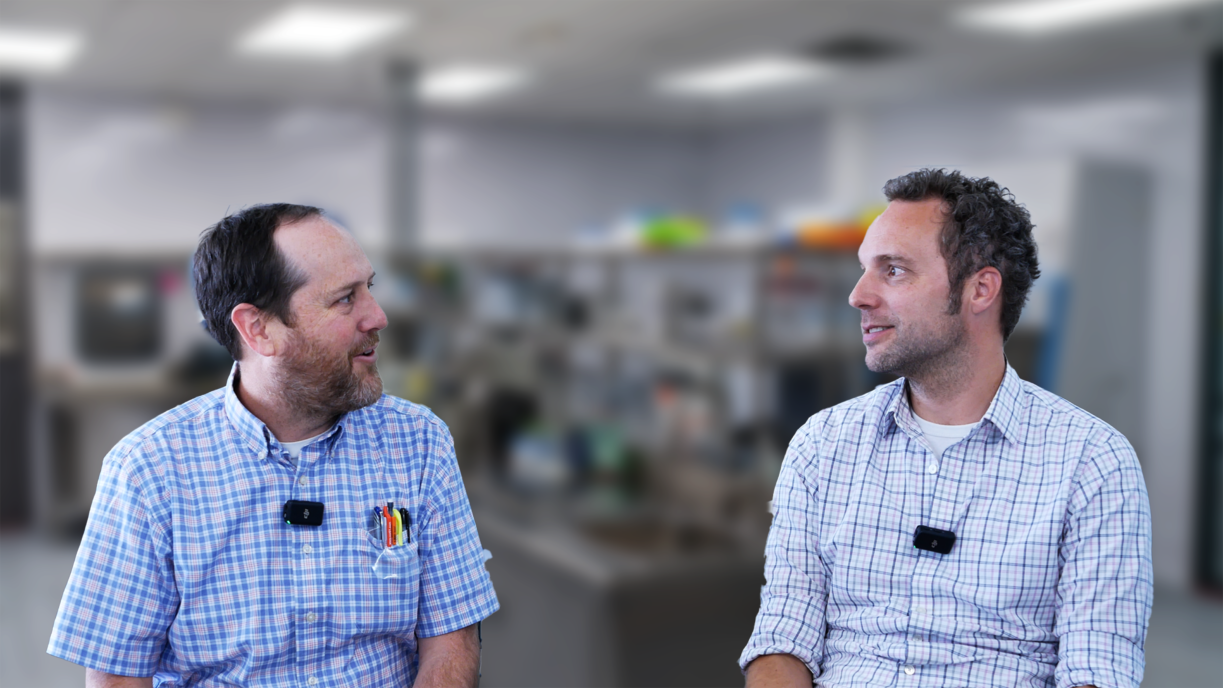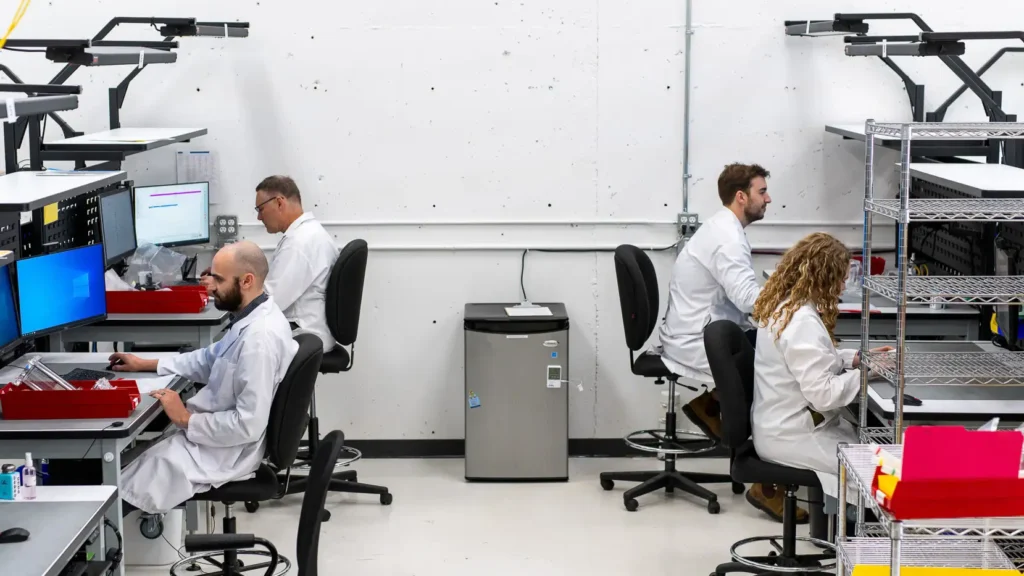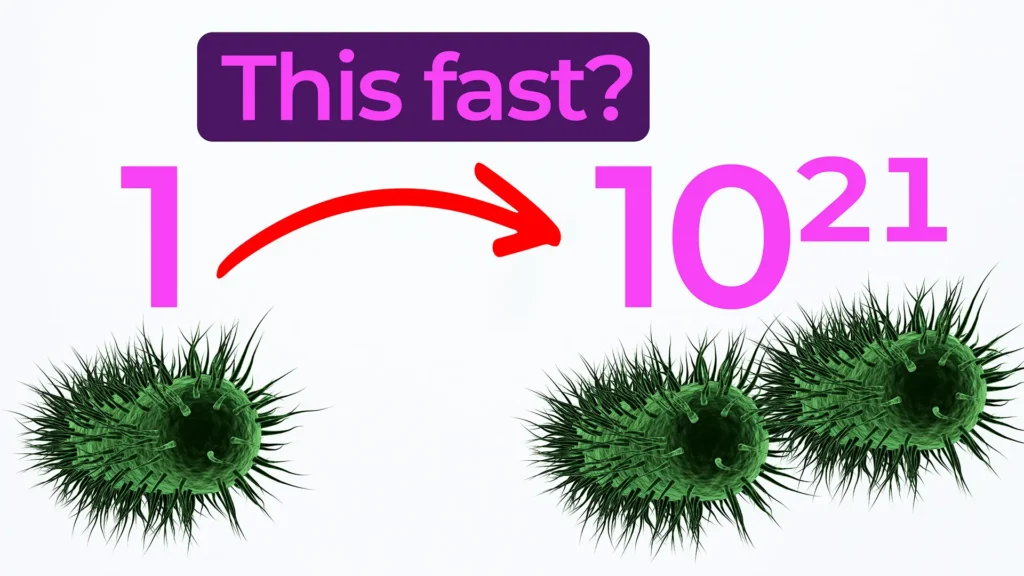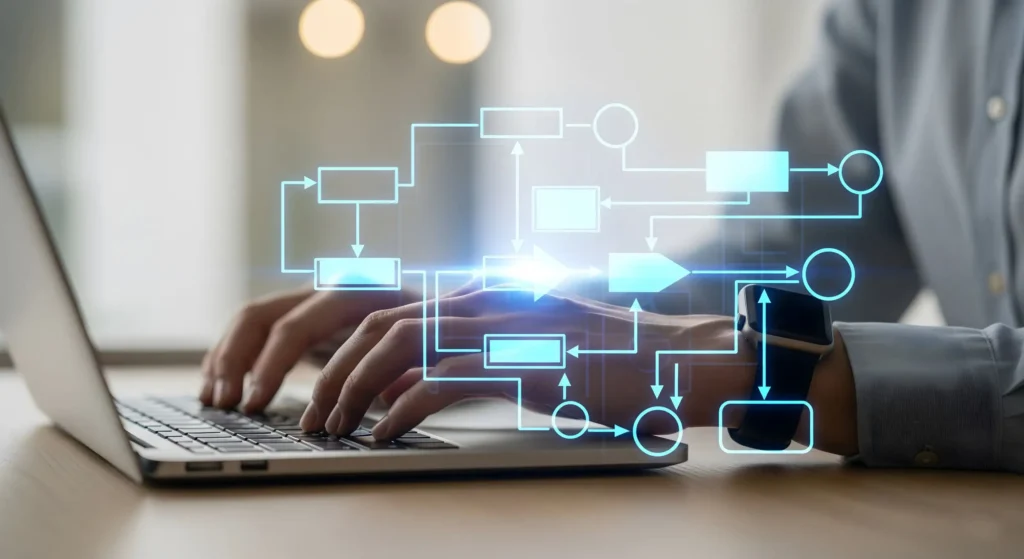
Bio Break: How to Ensure Targeted Drug Delivery Hits the Right Spot
In this episode of Bio Break, Nick Allan and Joris van der Heijden tackle the fascinating challenge of targeted drug delivery. When administering drugs to specific areas in the body, how can we be certain they reach the intended target? Nick shares an exciting example involving an intranasal device designed to deliver drugs precisely to the olfactory cleft—an area located between the eyes.
From initial bench modeling with plastic nose prototypes to sophisticated human trials, the episode breaks down the multi-step process used to confirm drug deposition. Learn how techniques like using food coloring on prototypes and delivering radiotracer technetium-99 for imaging helped refine their approach. Nick dives into the advanced use of CT scans and radioactivity mapping, followed by real-world testing with medical-grade methylene blue and ENT scope visualization.
The team showcases how the integration of engineering, human trials, and medical-grade testing leads to reliable results in targeted delivery systems. Discover why these detailed studies are crucial for verifying that drugs reach their destination, ensuring safety and effectiveness.
Whether you’re a medical professional, device developer, or simply intrigued by how cutting-edge drug delivery works, this episode offers insights into the science and technology behind targeted solutions.
Key Topics Covered:
- Real-world examples of ensuring precision drug delivery
- Targeted drug delivery to the olfactory cleft
- Using radiotracers like technetium-99 in imaging trials
- Employing methylene blue for visible deposition tracking
- Challenges and solutions in intranasal device testing
How to Ensure Targeted Drug Delivery Hits the Right Spot
Related Resources

In MedTech, success rarely comes from invention alone. Plenty of promising technologies make it through verification and early clinical work, only to stall when the team tries to turn them into something buildable.

From how much of your body is actually bacterial to how fast microbes can multiply, these facts are designed to stick with you long after the party ends.

In medical device development, verification is both a safeguard and a stress test, not just for the product, but for the process.

In the world of medical device development, requirements are often treated as a regulatory tax, essentially documentation created solely to satisfy a compliance need.
